Every Wednesday, I post a review of a movie which is not new (no less that 2 years since release). In general, these will be movies that I enjoyed watching and in some cases have seen multiple times. This is primarily because, unlike many critics, I don’t enjoy spewing invective. Instead, I like to think about and spend my time on movies that I liked. That being said, I tend to like a wide range of films and I hope that some of my tastes match your own. I will freely reveal major plot points and spoilers in these reviews, but I will do my best to warn you or to [su_spoiler title=”Spoiler Hidden”]hide the spoiler material behind a shield.[/su_spoiler] With that being said, let’s get to the review.
The depiction of high school life in The Perks of Being a Wallflower really isn’t all that different than it was in 1985 when John Hughes’ The Breakfast Club highlighted how even though we are all dysfunctional, we all have worth. In fact, the immortal words of The Breakfast Club’s resident jock Andrew Clark could practically be Wallflower’s chief thesis: “We’re all pretty bizarre. Some of us are just better at hiding it, that’s all.”
Writer/Director Stephen Chbosky, who also penned the best selling novel of the same name, captures the high school years in all their awkward glory. He definitely has his finger on the pulse of the joys, fears, and angst that most high schoolers deal with. Charlie (Logan Lerman) has already been through a lot outside the classroom. Ever since his best friend committed suicide and his favorite aunt died in a car crash, he’s simply been unable to cope. He can’t seem to shake a sinking feeling of utter hopelessness. Add to that, the bullying, hazing and cruel antics of high school and it’s no wonder then that Charlie already has a running countdown to graduation. Just 1,384 more days, and he’s free.
Logan Lerman is great as the understated lead. I see Charlie as a Holden Caulfield for the MTV generation. He mostly keeps his thoughts to himself and blurts them out passionately and awkwardly when he does choose to express them. Lerman shows something special that was missing from his Percy Jackson portrayals in this nuanced performance. He refuses to make Charlie pitiful when he has every right to be. I could not help to get knots in my stomach as he takes each step forward with uncertainty. It just feels genuine like the rest of the film.
The movie takes place around 1991, before cellphones and social media monopolized teenage communication. This absence underscores the incredible generational divide that has opened up in so short an amount of time. Check out the clip below to get a sense of the emotional climate of the movie. There are definitely funny portions, but overall, this is a gut-wrenching film which wrestles with a very complicated time of life. Perhaps it just rings true to me because I was a misguided 90s teenager listening to 80s bands and looking for my place in the world.
Charlie embarks on his first days of high school as an old soul who has no friends apart from his English teacher Bill (Paul Rudd) who feeds him tons of great books to continues to feed his love of reading and writing and provide him some guidance along the way. Bill is one of my favorite characters and he gets to answers the ultimate question of a teenage boy, “Why do some girls settle for losers?” Profoundly, he states his answer in a way that I think guides the rest of the story, “We accept the love we think we deserve.”
Soon however, Charlie stumbles into a group of friends who are just as messed up as he is. None of them are particularly good influences, but they give him something that he’s been looking for… belonging. They include the wise-cracking, constantly philosophizing homosexual Patrick (Ezra Miller) and the angry punk-rocking Buddhist Mary Elizabeth (Mae Whitman). But the most influential is the girl. All of you guys know what I mean when I say the girl, she makes him forget some of his troubles and pushes him to be the best version of himself. Being a big fan of Harry Potter and especially Emma Watson, I was excited to see how she did on her first non-Hermione role and she was stunning. The camera loves her and she even nails the American accent.
This girl named Sam takes an interest in Charlie’s well-being and welcomes him to the “island of misfit toys,” where they can all “be psychos together.” Charlie describes Sam as “the kind of pretty that deserves to make a big deal out of itself,” but Charlie is immediately drawn to the fact that she doesn’t see herself that way. She seems out of place with this group until we learn her background and realize that like some of The Breakfast Club, she just does a better job at hiding her dysfunction. Naturally, he falls for her, even though she’s three year his senior and is currently dating a jerk who is more than a few years older than her.
As the credits rolled I felt somewhat uplifted, even though it is a dark film. Its PG-13 rating comes from sexually suggestive scenes (mainly springing from the groups’ fascination with the Rocky Horror Picture Show), heavy themes (including sexual abuse), and drug use. It’s fair to say the film’s content is less than wholesome. But the content alone shouldn’t determine the value of a work of art. The important thing is the way the film interacts with, speaks to, and frames that content that really matters. It is from this perspective that I think The Perks of Being a Wallflower is an excellent movie.
For the characters, salvation comes through love and the conscious decision to enjoy life in the moment. Though faced with the unbearable darkness that often finds us in life, these characters find healing as they cling to the love they share and find meaning in the moments in which they feel most alive. Some of the most memorable scenes involve Sam and eventually Charlie standing up in the back of a pickup, arms spread and head back, listening to just the right music, as they speed through a tunnel. They are embracing the meaning of life as it hits them in that moment, and this meaning carries them through the dark moments. Too often, we let life’s unbelievably rich moments pass us by as we focus on trivialities or get so caught up in finding a grand purpose that we miss the meaning and glory in the small things. Perks of Being a Wallflower is one of those small things. Don’t let it pass you by, and keep the tissues close.

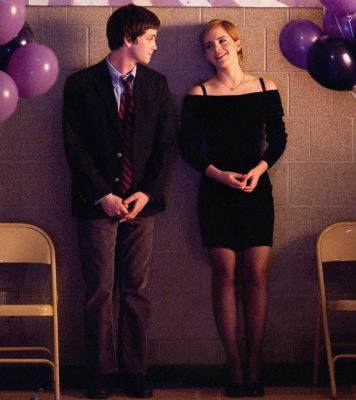
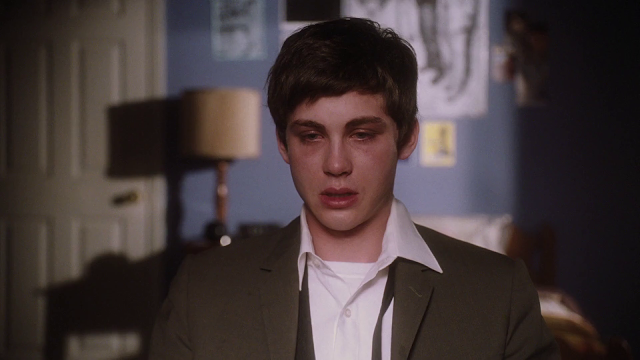
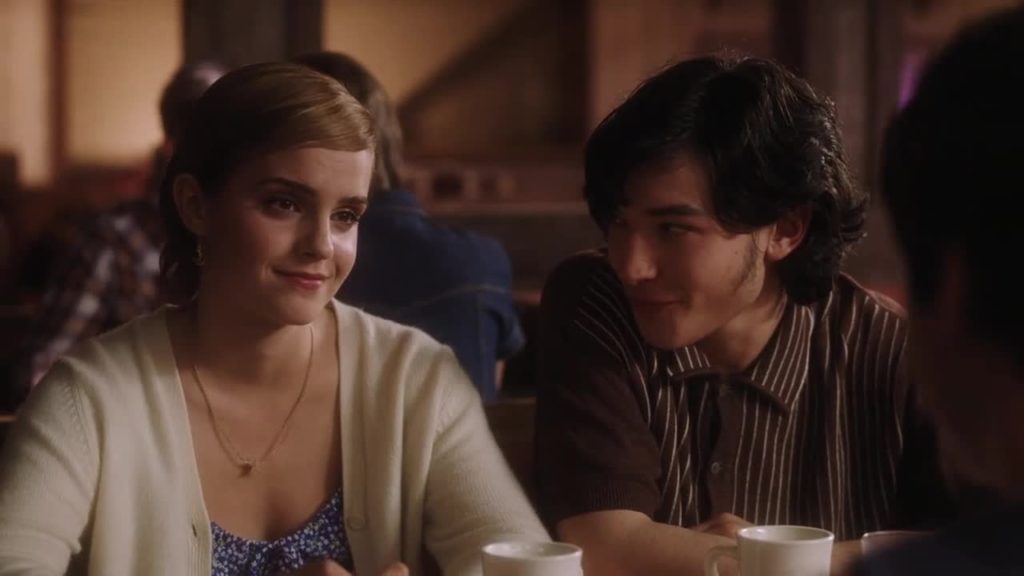
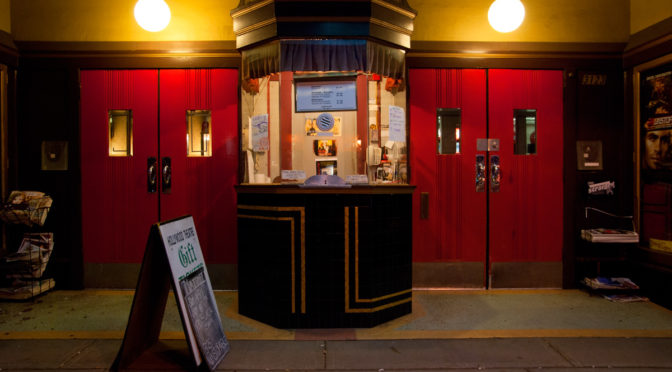
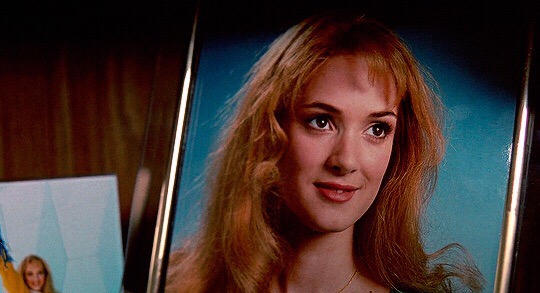
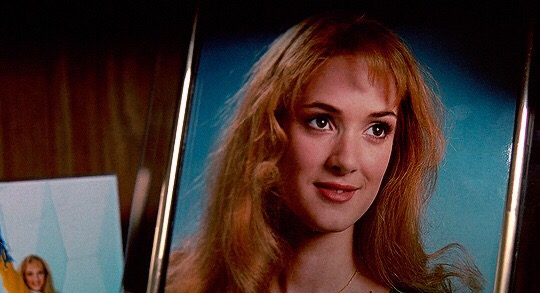
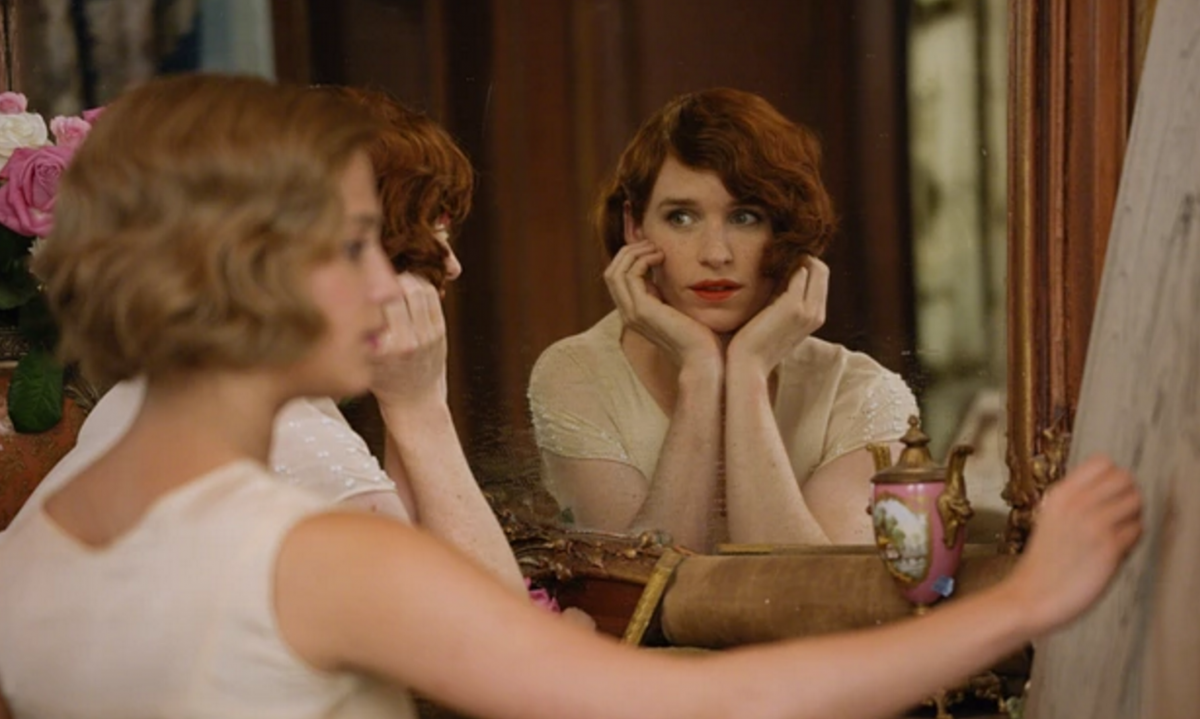
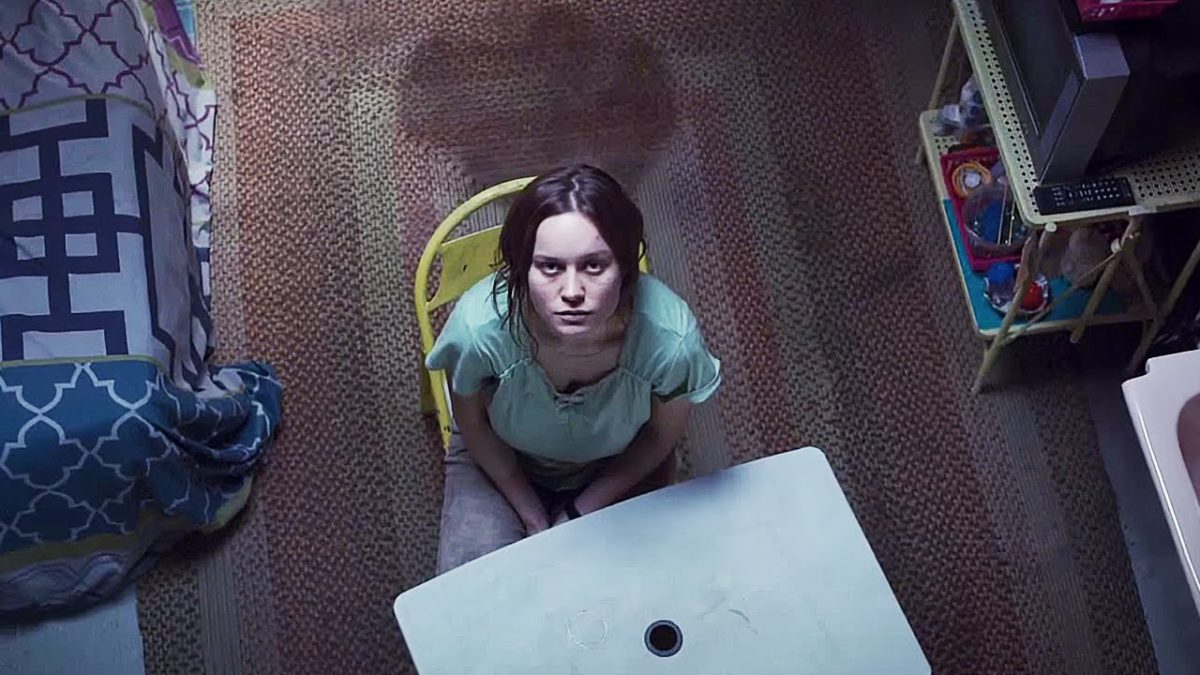
 However, what ultimately sells the movie are the two central performances by Brie Larson and young Jacob Tremblay, who is one of the most unforgettable child actors you will ever see.
However, what ultimately sells the movie are the two central performances by Brie Larson and young Jacob Tremblay, who is one of the most unforgettable child actors you will ever see. Room, we come to learn, is nothing more than a dingy tool-shed supplied with the bare necessities (a single bed where they both sleep, a toilet, a filthy rug, and an unreachable skylight). This is where Jack and Ma go through their daily regimen of washing, exercising, reading, eating, etc. At night, Jack is sent to the wardrobe while a nearly mythical monster of a man they call Old Nick unlocks the door that keeps Room locked up tight and proceeds to make strange noises with Ma on the creaky bed.
Room, we come to learn, is nothing more than a dingy tool-shed supplied with the bare necessities (a single bed where they both sleep, a toilet, a filthy rug, and an unreachable skylight). This is where Jack and Ma go through their daily regimen of washing, exercising, reading, eating, etc. At night, Jack is sent to the wardrobe while a nearly mythical monster of a man they call Old Nick unlocks the door that keeps Room locked up tight and proceeds to make strange noises with Ma on the creaky bed. I don’t think it is any coincidence that Ma’s actual name is Joy because despite the tremendously dark circumstances, joy sits just below the surface.
I don’t think it is any coincidence that Ma’s actual name is Joy because despite the tremendously dark circumstances, joy sits just below the surface.

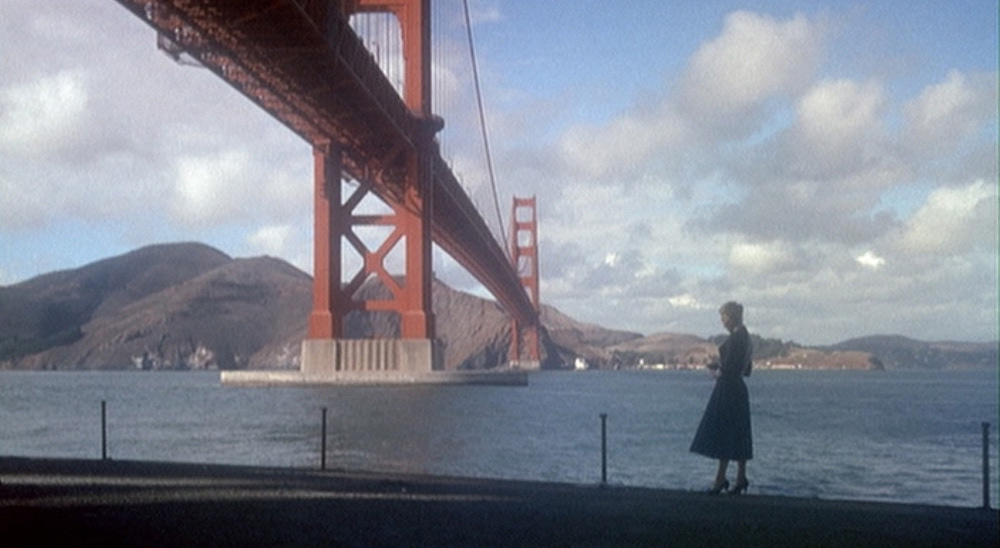
 Vertigo is a psychological thriller film directed by Alfred Hitchcock. The film stars Jimmy Stewart as a former police detective John “Scottie” Ferguson, who has been forced into early retirement due to his discovery of crippling acrophobia and vertigo. Scottie is hired as a private investigator to follow a woman, Madeleine Elster (Kim Novak) who is behaving peculiarly. The film received mixed reviews upon initial release, but has garnered acclaim since and is now often cited as one of the defining works of his career. It is currently listed at #65 on the IMDb Top 250, which I think is a travesty. It shows you what type of list the IMDb Top 250 is, to see this film and others, like Citizen Kane, outside of the top 50, but The Dark Knight currently holds the #4 place. But in the 2012 British Film Institute’s Sight & Sound critics’ poll, it replaced Citizen Kane as the best film of all time and has appeared repeatedly in best film polls by the American Film Institute.
Vertigo is a psychological thriller film directed by Alfred Hitchcock. The film stars Jimmy Stewart as a former police detective John “Scottie” Ferguson, who has been forced into early retirement due to his discovery of crippling acrophobia and vertigo. Scottie is hired as a private investigator to follow a woman, Madeleine Elster (Kim Novak) who is behaving peculiarly. The film received mixed reviews upon initial release, but has garnered acclaim since and is now often cited as one of the defining works of his career. It is currently listed at #65 on the IMDb Top 250, which I think is a travesty. It shows you what type of list the IMDb Top 250 is, to see this film and others, like Citizen Kane, outside of the top 50, but The Dark Knight currently holds the #4 place. But in the 2012 British Film Institute’s Sight & Sound critics’ poll, it replaced Citizen Kane as the best film of all time and has appeared repeatedly in best film polls by the American Film Institute.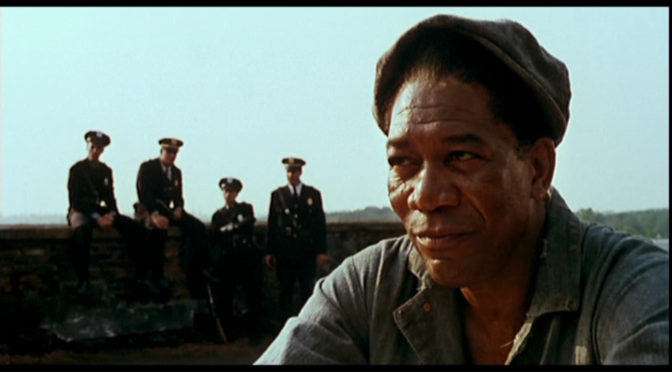

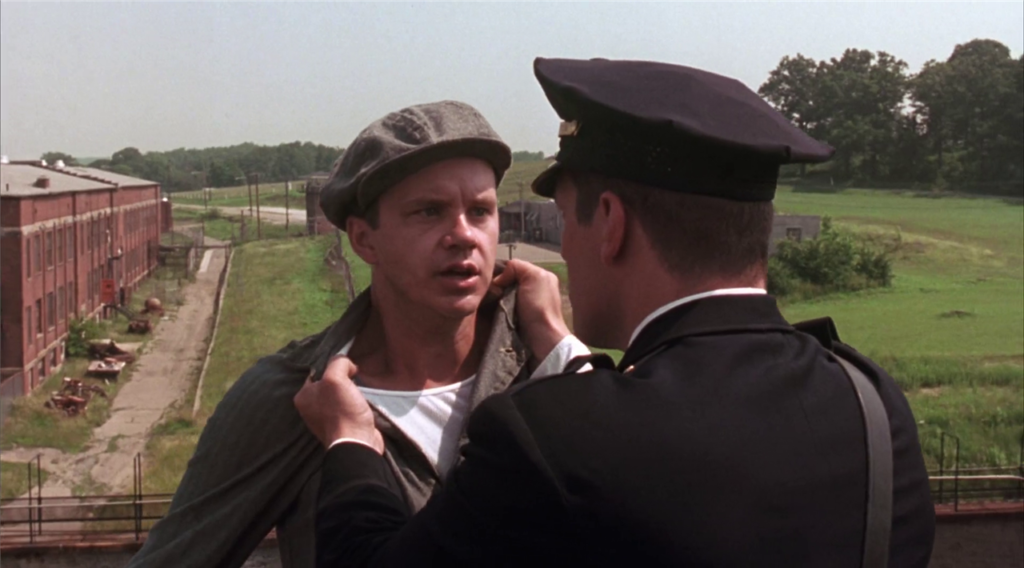
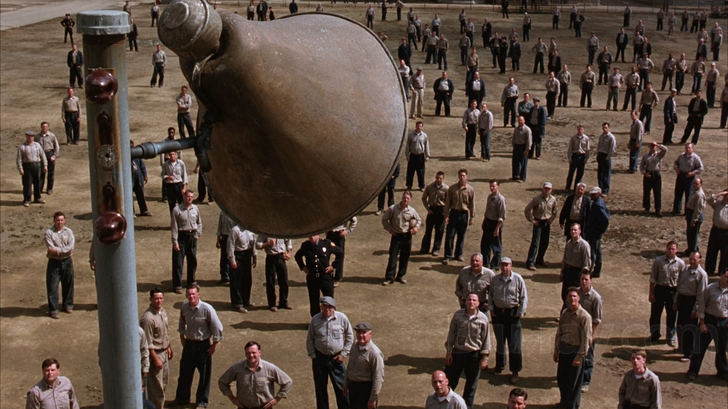
 I am six days into the 30 Day Movie Challenge and I have remained faithful. But today presents a couple of obstacles. First, it is Wednesday and this is the one day a week that I take my kids to school. I choose Wednesday because that is Chapel day and I can sit with them as they sing and dance. It reminds me of an opening rally at VBS. I am writing this as I wait for chapel to begin, but this will delay me from my blogging time until about 10am. Add to that the very obscure topic for today, and it really does present a challenge.
I am six days into the 30 Day Movie Challenge and I have remained faithful. But today presents a couple of obstacles. First, it is Wednesday and this is the one day a week that I take my kids to school. I choose Wednesday because that is Chapel day and I can sit with them as they sing and dance. It reminds me of an opening rally at VBS. I am writing this as I wait for chapel to begin, but this will delay me from my blogging time until about 10am. Add to that the very obscure topic for today, and it really does present a challenge. I Know My Name is Steven was one that looked interesting, also
I Know My Name is Steven was one that looked interesting, also  The story-lines involving Porter’s customers and how their lives were changed by him are certainly inspiring, but one must also wonder if they actually did happen. I was most intrigued by the story-line involving the gay couple and an obvious insinuation that one of their friends might have been afflicted with the AIDS virus. This was never resolved and seemed a little misplaced. Also, what is probably the films most quotable line, “God created us all, Shelly. He doesn’t make mistakes,” is in relation to this couple. The fact that this little bit of tolerance propaganda was tagged on kept this from being a really great film. But it doesn’t keep Door to Door from being a really an inspirational story that I still recommended for those who are sick movies about things getting blown up or people getting peppered with bullets.
The story-lines involving Porter’s customers and how their lives were changed by him are certainly inspiring, but one must also wonder if they actually did happen. I was most intrigued by the story-line involving the gay couple and an obvious insinuation that one of their friends might have been afflicted with the AIDS virus. This was never resolved and seemed a little misplaced. Also, what is probably the films most quotable line, “God created us all, Shelly. He doesn’t make mistakes,” is in relation to this couple. The fact that this little bit of tolerance propaganda was tagged on kept this from being a really great film. But it doesn’t keep Door to Door from being a really an inspirational story that I still recommended for those who are sick movies about things getting blown up or people getting peppered with bullets. There is almost too much to say about these three films. In fact, only one film in the trilogy actually made it onto the IMDB Top 250 list, that being the final film, Red. Although these are each excellent as stand-alone works, they are best when seen as a whole. For that reason, I am going to review each of them separately. For the unfamiliar, Polish director Krzysztof Kieslowski’s last work, “Three Colors Trilogy” takes its name from the colors of the French flag and its themes from the ideals represented by those colors: blue (liberty), white (equality), and red (friendship).
There is almost too much to say about these three films. In fact, only one film in the trilogy actually made it onto the IMDB Top 250 list, that being the final film, Red. Although these are each excellent as stand-alone works, they are best when seen as a whole. For that reason, I am going to review each of them separately. For the unfamiliar, Polish director Krzysztof Kieslowski’s last work, “Three Colors Trilogy” takes its name from the colors of the French flag and its themes from the ideals represented by those colors: blue (liberty), white (equality), and red (friendship). Blue, the first of the trilogy, takes place in Paris. It stars
Blue, the first of the trilogy, takes place in Paris. It stars  Because of its name, Blue, you can’t help but look for that color in the film’s carefully crafted images. With his expert usage of color, Kieslowski has forced the audience to pay attention to the slow-moving story that is unraveling on the screen. The most noticeable visual technique would be the odd fade-out/fade-ins that occur four times in the film. At each of the four points, Julie is at a crossroads, having to decide whether to push back the memories of her life before the accident, or to acknowledge them.
Because of its name, Blue, you can’t help but look for that color in the film’s carefully crafted images. With his expert usage of color, Kieslowski has forced the audience to pay attention to the slow-moving story that is unraveling on the screen. The most noticeable visual technique would be the odd fade-out/fade-ins that occur four times in the film. At each of the four points, Julie is at a crossroads, having to decide whether to push back the memories of her life before the accident, or to acknowledge them. At one point, she immerses herself completely and stays underwater for as long as possible. But soon, she has to come up for air. In the same way, Julie can’t help but re-establish the connections with her past, and like the continent upon which she resides, she shifts from a state of liberty into a state of union. She gives the family home to her husband’s mistress’, completes her husband’s unfinished composition, and even builds a relationship with Olivier.
At one point, she immerses herself completely and stays underwater for as long as possible. But soon, she has to come up for air. In the same way, Julie can’t help but re-establish the connections with her past, and like the continent upon which she resides, she shifts from a state of liberty into a state of union. She gives the family home to her husband’s mistress’, completes her husband’s unfinished composition, and even builds a relationship with Olivier.